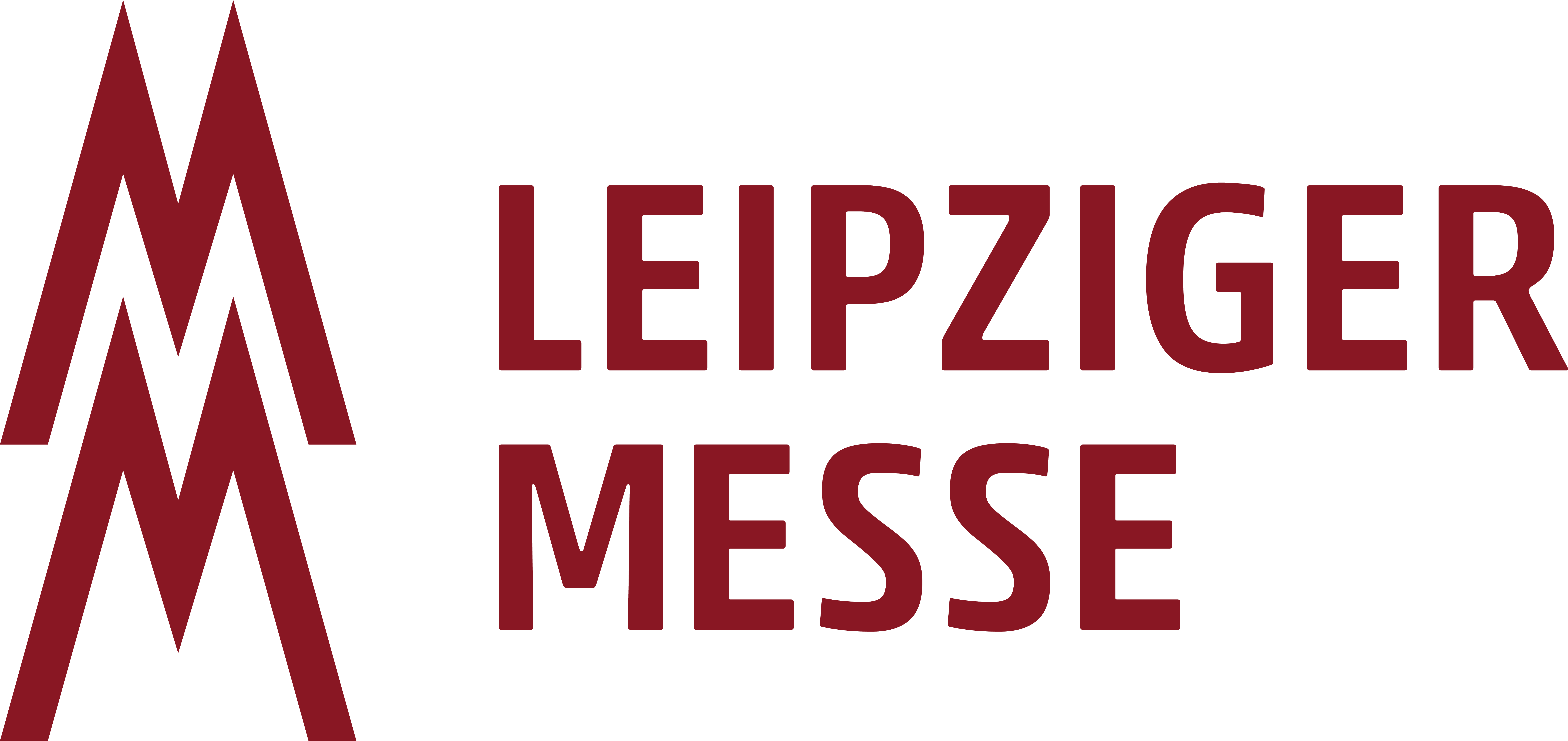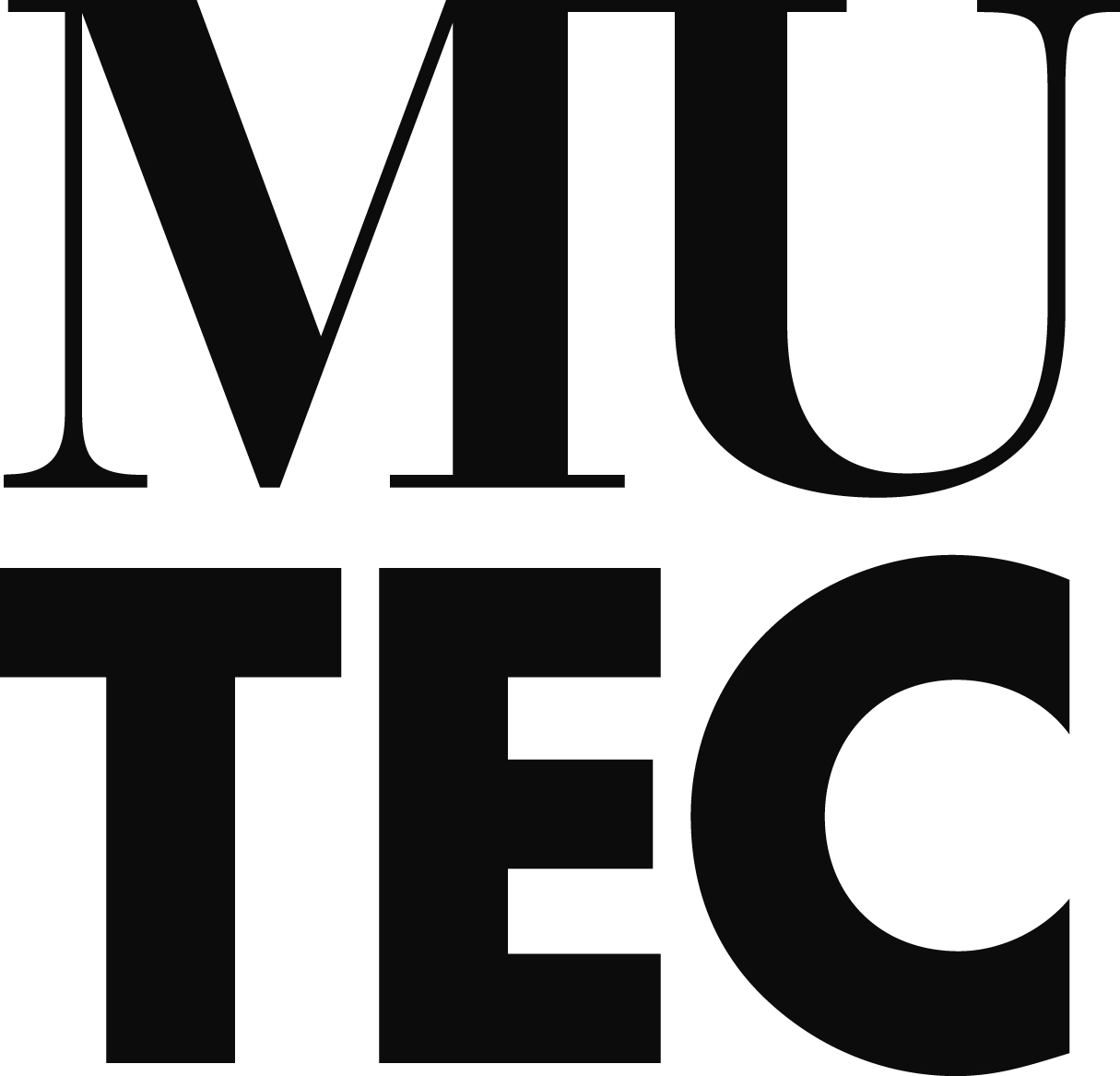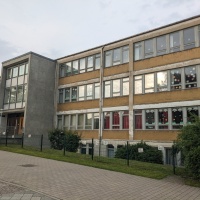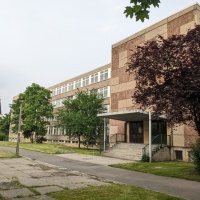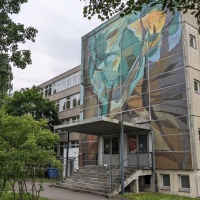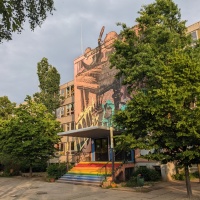News
News
Leipzig schools – particular Eastern modernity
Here follows part 2 of the series "Using the existing. Shaping Leipzig ". This time, the focus is on the building fabric that Eastern Modernism brought to the city. School buildings in particular still reveal the architecture typical of the GDR era - and the art of the time. Four Leipzig schools have been listed as historical monuments since last year.
First of all, they are prefabricated buildings and there is nothing around this fact. Some call this form of architecture dreary, others find it “rough”, others see a certain beauty in it. With all these attributions, we are already in the middle of the debate about the buildings that were created under real socialism throughout Eastern and South-Eastern Europe and shaped the cityscapes. For many people in the area of the former GDR, however, the buildings of Eastern Modernism are simply familiar and a piece of the past and, even more so, of the present. This is true not least for thousands of schoolchildren from Leipzig.
Industrial production, individual art
In Leipzig, the debate about Eastern Modernism culminated in its recognition last year - four schools built in the 1960s and 1970s were placed under a preservation order. None of them are individual school buildings, but rather industrially manufactured type buildings, as can be found in many places in the new federal states. Three of the schools belong to the “Leipzig corridor building type”, which manages with one wing and in many cases still has an individual touch. This is because the protruding entrance area - the risalit - was often used for art on the building. This was also the case in Leipzig. A glass mosaic by the former rector of the Leipzig Academy of Visual Arts (HGB) can be found at today's Medical Vocational School of the St. Georg Hospital in Leipzig. His students André Böhme and Olaf Bote took over the entrance area of the 100th school in Lausen-Grünau, while the painter and graphic artist Arnd Schultheiß designed a concrete slab mosaic for the Kurt Biedermann School in Schönau.
Number four - the 120th school on Martin-Herrmann-Straße in Großzschocher is an example of the “Dresden atrium type”. The two inner courtyards, which are bordered by two school wings and connecting corridors, are exemplary here. In Großzschocher, the courtyards are planted with greenery and are used for relaxation during breaks.
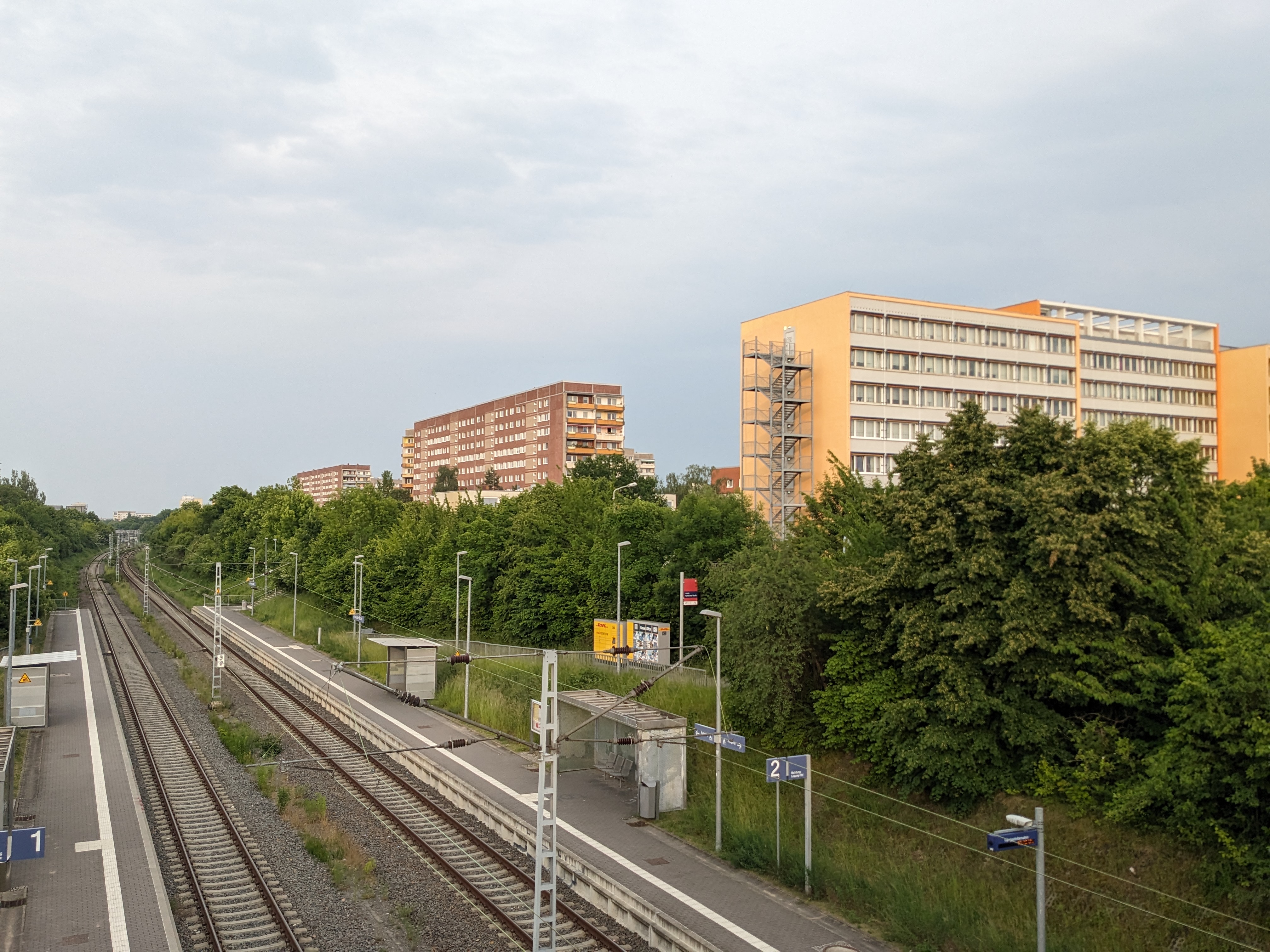
Increasing relevance of Eastern modernism
The decision from Leipzig is not an isolated case. Interest in Eastern Modernism has grown in society as a whole and among experts. An exhibition in Chemnitz takes up the topic on the occasion of the Capital of Culture Year 2025 under the title “The New City” in the city's Schloßbergmuseum. The heritage offices are also responding. In May 2023, the offices of all the new federal states founded the Monument Forum “East Modernism in Architecture, Urban Planning and Building-Related Art of the GDR” as part of the Association of Monument Offices in the Federal States (VDL). The aim is to support each other and to preserve existing East Modernist buildings in a manner appropriate to their status as monuments. And on September 16, 2025 - Open Monument Day - the nationwide opening will take place in Gera . In addition to neo-Gothic and Baroque, the city is also characterized by Eastern Modernism.



